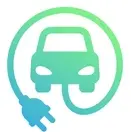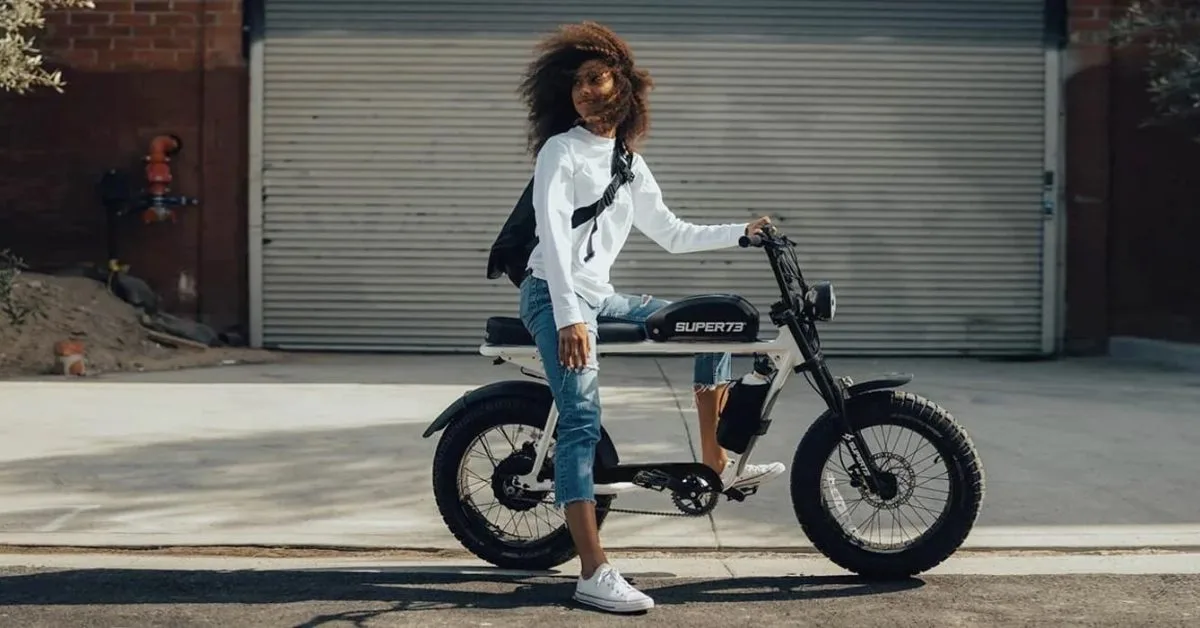cross-posted from: https://lemmy.world/post/16384963
There’s a good chance that when you were a teenager, getting your driver’s license was seen as a rite of passage, and you probably couldn’t wait for the freedom promised by that shiny new card in your credit card-less wallet. At least, that’s unless you’re a teenager today, and then the picture might not be so cut and dry. Unlike when I got my learner’s permit 20 years ago, today’s teenagers have already been enjoying a new form of affordable and effective transportation freedom: electric bikes.
And it’s changing the way they view getting a driver’s license.
Electric bicycles have been gaining popularity in the US for over a decade, but they’ve taken off in impressive numbers over the last several years.
Once considered an alternative for older riders looking to get back on two wheels, electric bikes have now gained favor with just about every age group. There are balance e-bikes for toddlers, children’s models, e-bikes popular with teenagers, models for the general public, and models/companies that cater to older riders.
With more teenagers flocking to e-bikes than ever before, the “freedom” that traditionally came at 16 years old with a driver’s license is now available to teens even earlier. And while that also comes with some real concern from some parents, plenty of other parents have embraced the freedom and independence that electric bikes have offered to their teenagers.
As Olivia Rockeman pointed out recently in the Wall Street Journal, “Many parents see e-bikes as alternatives to shepherding their kids between school and sports practices, particularly as the number of teens with driver’s licenses has fallen by about 8% over the past two decades, according to the latest data from the Federal Highway Administration. The e-bikes also grant more independence to teens not yet old enough to drive.”
Encinitas, California resident Aaron Hebshi, whose 17-year-old daughter put off getting her driver’s license in favor of her electric bicycle, explained to Rockeman that his teen isn’t in a rush to get behind the wheel. “There wasn’t quite the imperative for her to get a license that kids may have felt when I was growing up. Before we were 16, we couldn’t go anywhere without our parents in San Diego.”
Mother of two teen boys in Hermosa Beach, Erika Mamber, shared that e-bikes for her kids have saved her countless car trips to school, sports practice, and tutoring sessions.
Those views are gaining steam among a wider group of teenagers and their parents, who have discovered that e-bikes are giving those kids more freedom, and by extension, giving more freedom to parents. What’s driving teens away from cars and onto e-bikes?
This shift from getting a “first car” to getting a “first e-bike” is driven by many factors. Still, some of the largest motivations include a mix of economic, practical factors, and environmental concerns that are reshaping the landscape of personal transportation for the younger generation.
The economic advantage
For many teens and their families, the cost of car ownership is a significant deterrent. From the price of the vehicle itself to insurance, fuel, and maintenance, the expenses can quickly add up.
E-bikes, on the other hand, offer a more affordable alternative. The initial purchase price is considerably lower, and operational costs are almost zero, outside of occasional new brake pads and tires. With the rising cost of living, many families find e-bikes to be a financially savvy choice.
For under $1,000, American teenagers can find a good e-bike. I made that much mowing lawns one summer as a teenager and that was twenty years ago. For $3,000, teens can find a great e-bike with even higher quality and longevity. Compare that to the price of new or even used cars. Just the summer-long maintenance and fuel on a car can cost as much as an entire electric bike.
Independence and convenience
E-bikes also provide a level of independence that many teens crave. Unlike cars, which require a driver’s license and often parental supervision during the long learning period, e-bikes are accessible immediately. Teens can start riding as soon as they have a bike and (hopefully) the necessary safety gear.
They also don’t need to spend hours in a driver’s education course learning the nuances of car control. Most kids grow up learning to ride a bicycle and so the handling skills are already there.
Still, driver’s education courses designed for cyclists are highly encouraged for teens who eschew cars in favor of e-bikes. The rules of the road apply equally to cyclists and car drivers, and not learning the rules is not an excuse for breaking them.
Safety considerations
While e-bikes offer many advantages, safety is a key concern for parents and teens alike. Many cities are adapting to the increase in e-bike usage by expanding bike lanes and implementing stricter regulations to ensure rider safety.
Helmets, proper lighting, and adherence to traffic rules are essential components of safe e-bike riding and are highly recommended for teenagers who regularly travel by e-bike.
At the same time, many teens have accepted the growing notion that a 6,000 lb vehicle might not be the safest option when considering all road users. Whereas many adults have their eyes on the largest trucks and SUVs, many teenagers value smaller and lighter vehicles, especially options that can get them out of the road and into the bike lane.
The concept isn’t exactly pervasive, and America’s addiction to massive vehicles is unlikely to break anytime soon, but a growing number of younger Americans aren’t buying the same promises that the automotive industry is selling their parents.
Environmental consciousness
Much more so than a generation ago, today’s teenagers are increasingly environmentally conscious. The impact of climate change and the importance of sustainable living are at the forefront of many teenagers’ minds.
E-bikes, with their zero emissions, offer an eco-friendly alternative to cars. Many teens feel that choosing an e-bike over a car is a tangible way to contribute to a greener planet.
More than just an expanding trend
The trend of teenagers choosing e-bikes over cars is growing. As more teens delay or forego getting their driver’s licenses, the shift is proving to be not just a passing fad but rather a reflection of changing attitudes toward transportation and lifestyle.
Cities continue to evolve and adapt to new modes of transportation, and the role of e-bikes is likely to expand. For now, the sight of teens zipping around town on their electric bikes is becoming increasingly common, signaling a new era in personal mobility.



I have no idea if this is a thing on ebikes but my scooter has regen brakes that help recharge the battery. They work pretty well for slowing down. And I still have drum brakes in a pinch. Mine doesn’t go 45mph, tho.
Some e–bike motor controllers can do regen, but my current ones don’t. That’s probably an upgrade I’ll look into for version 2.0. I use regen braking heavily in my hybrid, so it’s definitely a worthwhile upgrade if I can add that to my e-bike :)
I had to bypass an electronic governor in the motor controller to make it do that, lol. Otherwise, I think it would top out at like 15 mph.
A large number of manufacturers build in the speed limit but helpfully, they’ve provided a handy little Speed Wire you can cut to remove the limiting circuit.
At least, most of the aftermarket escs I’ve seen while looking to part together my own hub motor build have had a little loop included specifically for cutting out the speed control. Although I’d probably solder in a toggle switch for when I lend people my bike…
One of my two controllers was like that which made it super easy. The other one I had to splice in a resistor and pull it low or something like that (been a while - don’t remember the specifics). That one, it wasn’t so much disabling it as tricking it into thinking your speed was lower than it was (kinda like in Die Hard 2 lol).